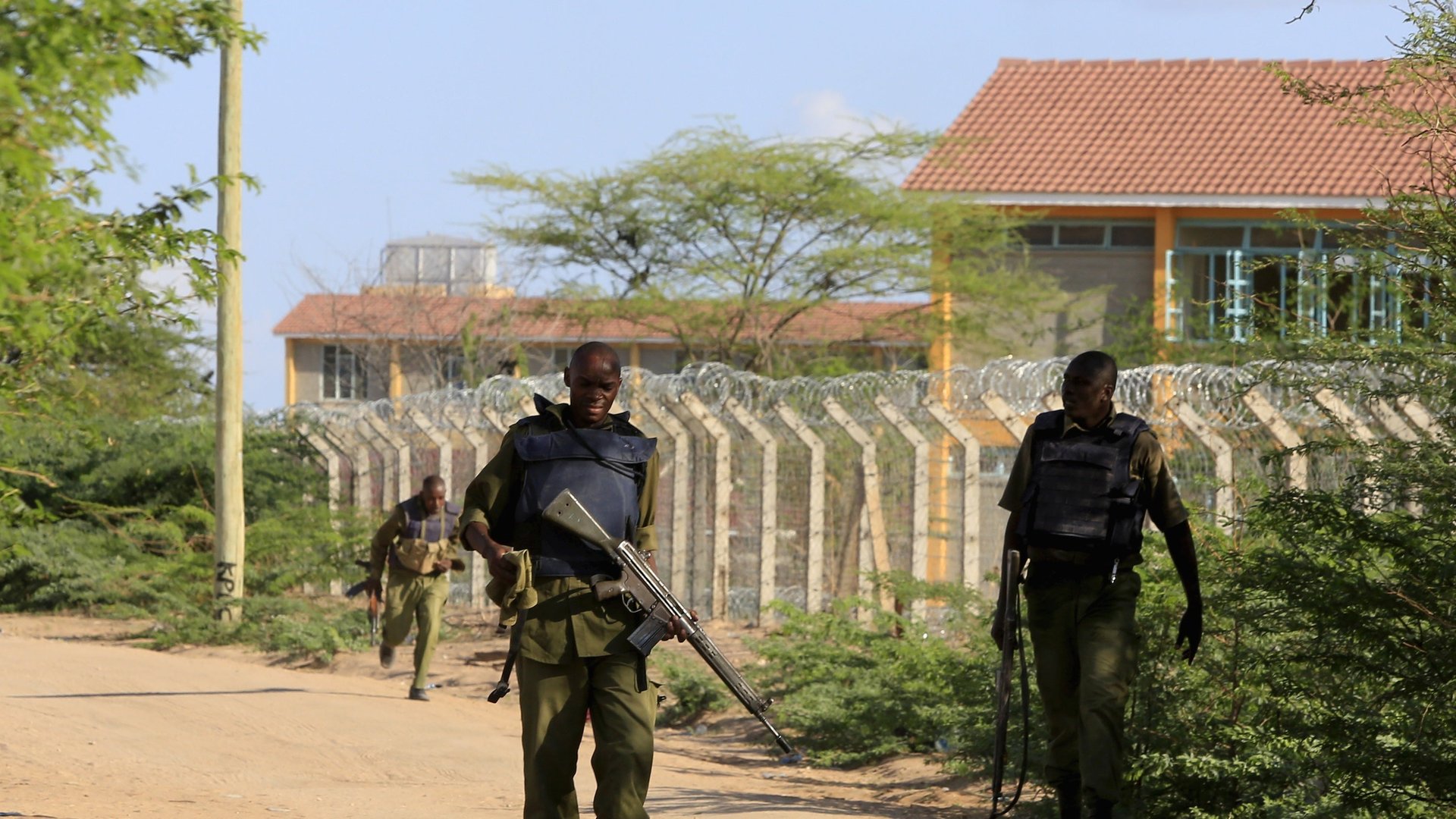Why terrorists target schools and universities
Early on the morning of Apr. 2, 2015, a squad of gunmen, reportedly affiliated with Somalia’s al-Shabab jihadist-terror group, entered Garissa University College in Garissa, Kenya, killing 147 and wounding dozens.


Early on the morning of Apr. 2, 2015, a squad of gunmen, reportedly affiliated with Somalia’s al-Shabab jihadist-terror group, entered Garissa University College in Garissa, Kenya, killing 147 and wounding dozens.
“The assault on Garissa—a poor, pastoral area that is home to many Somali refugees—stands in stark contrast to the group’s deadly 2013 attack on Nairobi’s Westgate shopping center, which was frequented by expats and rich Kenyans,” write Lily Kuo and Hanna Kozlowska for Quartz. It’s part of a perceptible shift in modern terror tactics; increasingly, the world’s terror organizations seem to be turning away from attacks on subway cars and airport terminals, to focus lethal attention on institutions of learning.
Seven gunmen affiliated with an offshoot of the Taliban brutally murdered 145 people at a school in Peshawar, Pakistan, in Dec. 2014. A self-proclaimed al-Qaeda operative shot and killed seven outside a Jewish school in Toulouse, France, in Mar. 2012. In October of that year, Pakistani education advocate Malala Yousafzai was shot in the face by a masked gunman while she rode a bus home from school. Militants linked to the Chechen separatist insurgency in the Russian Federation killed 334 people and held over 1,000 hostage at a school in Beslan, North Ossetia, in Sept. 2004. And Boko Haram, of course, first rose to global prominence for kidnapping 276 schoolgirls in the Nigerian town of Chibok in Apr. 2014.
One reason that “terrorist organizations might choose to target educational institutions is that schools and school children act as powerful symbolic targets,” wrote Emma Bradford and Margaret A. Wilson, forensic psychologists at the University of Liverpool, in a 2013 analysis for the Journal of Police and Criminal Psychology. “Attacks on these targets evoke a strong emotional response.”
“Schools and other educational institutions represent ‘soft targets,’” they added. “A soft target is a relatively unguarded site where people congregate, normally in large numbers, thus offering the potential for mass casualties.” But practicalities aside, there are also specific, political and cultural reasons a terrorist cell might target a school or university. And this is where such acts diverge from the usual modes of modern terror.
Though bombing public transport takes months, if not years of intensive planning, it is intended to make the act appear random—anyone could become a victim by passing through at the wrong time. The terrifying power of this particular terror tactic is, after all, its unpredictability. An ideological message is usually announced in the aftermath.
Attacking schools, however, is predictable because the act is the message. Terrorists who attack schools intend to deplete the number of institutions disseminating philosophies ostensibly contradictory to their worldview; “Boko Haram,” roughly translated from the Hausa language means “Western education is forbidden.”
“They’re attacking what they see as the institutions of culture, and in particular the institutions of Western culture,” Ebrahim Moosa, professor of Islamic studies at the University of Notre Dame, told The Christian Science Monitor following the attacks in Peshawar. “They see that the process of Westernization begins at school, so schools that violate strict Islamic education become targets.”
It’s not difficult to see why Garissa was targeted. Kenyan schools consistently rank toward the best in the region, and the overall Kenyan population demonstrates one of the highest literacy rates on the continent. It is also a highly diverse place, with regards to religion and ethnicity, not unlike many African countries occupying the borderlands between Muslim-dominated North Africa and the Christian-dominated south. Consequently, Kenyan schools and universities are well-positioned for the maximal exchange of cultures, politics, and ideas—a concept that stands in direct opposition to the rigid ideologies of groups like al-Shabab.
Al-Shabab has a history of interfering in local education. In areas of Somalia under the group’s control, once co-ed schools have been gender segregated, with the majority of girls being intimidated against enrolling, if not forcibly removed from schools all together. Whole classes of boys have been pulled out of schools and conscripted into its ranks.
In an audio message released following the attack at Garissa, Ali Mohamoud Raghe, a spokesperson for al-Shabab, said, “the university had been targeted because it was educating many Christian students in ‘a Muslim land under colony,’” according to The New York Times, “a reference to the large ethnic Somali population in a part of Kenya that Somalia once tried to claim. He called the university part of Kenya’s ‘plan to spread their Christianity and infidelity.’” Which makes al-Shabab’s objective crystal-clear, and all too familiar: to wipe out a generation of ideological non-adherents.